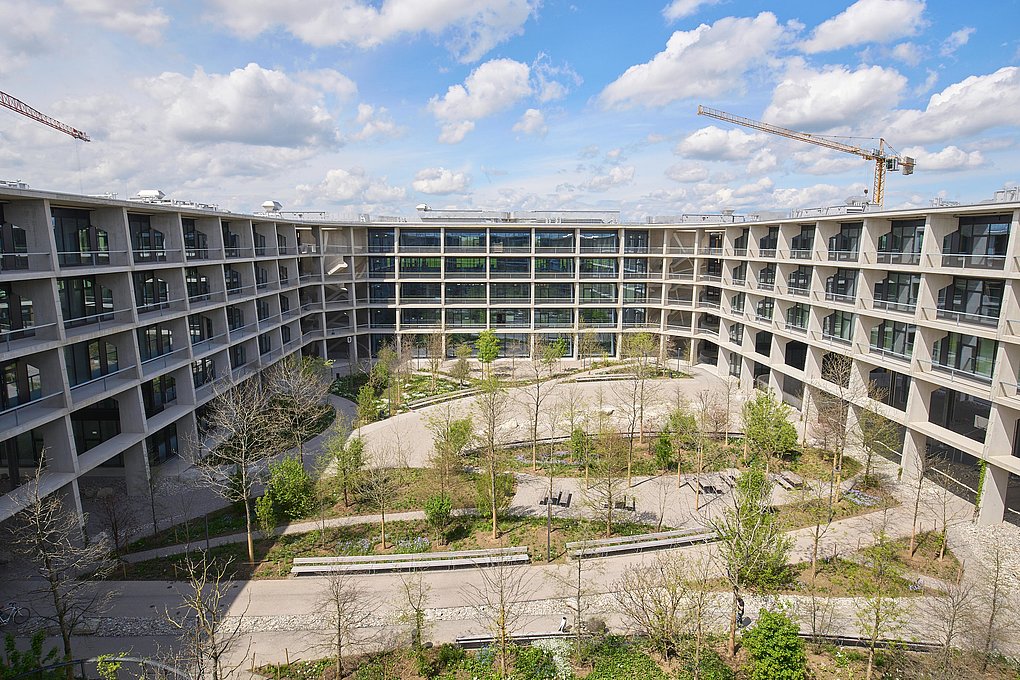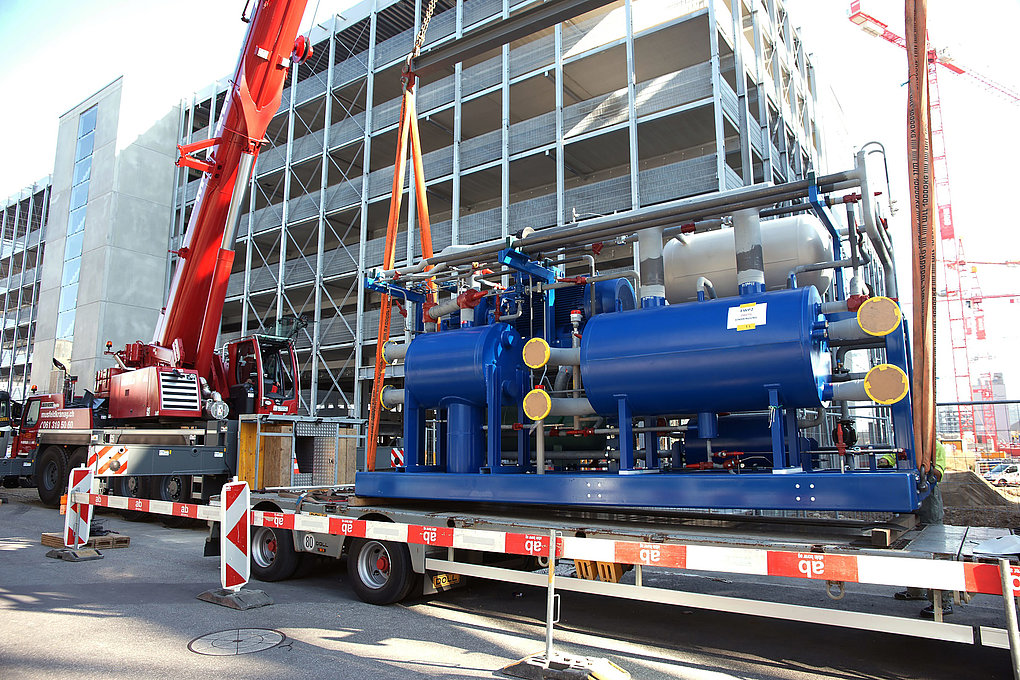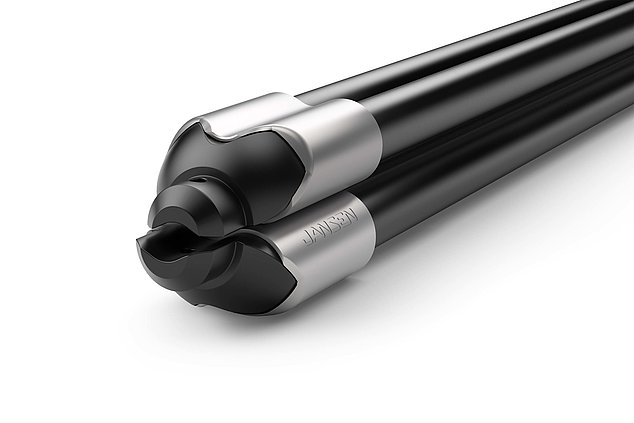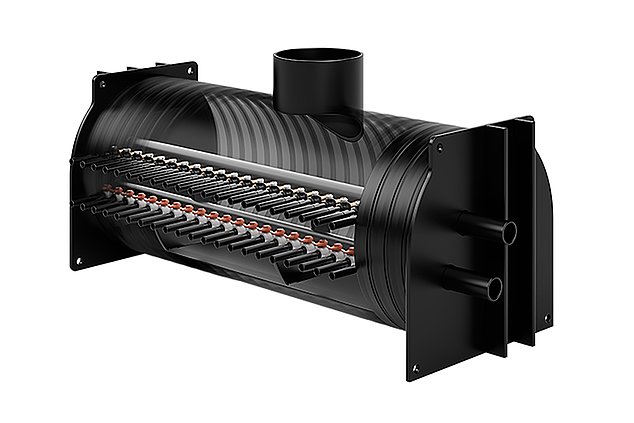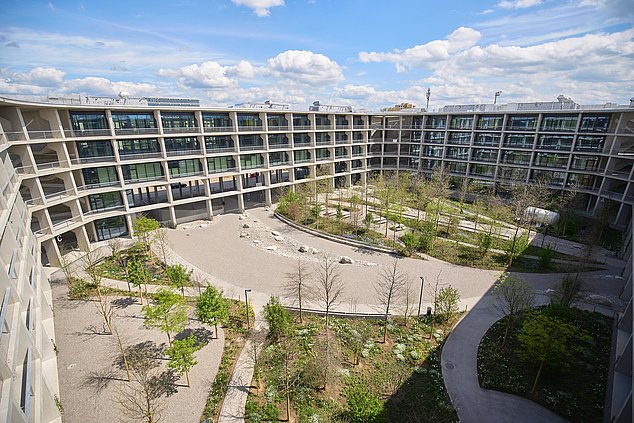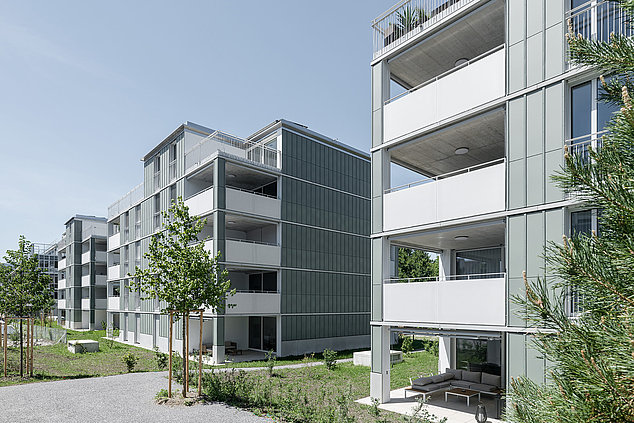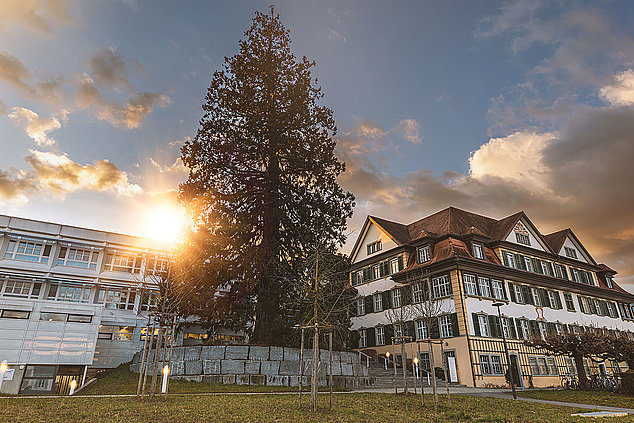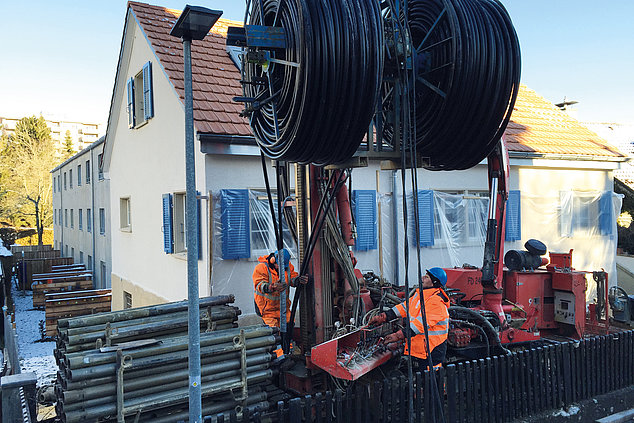Jansen
https://www.jansen.com/en/index.html
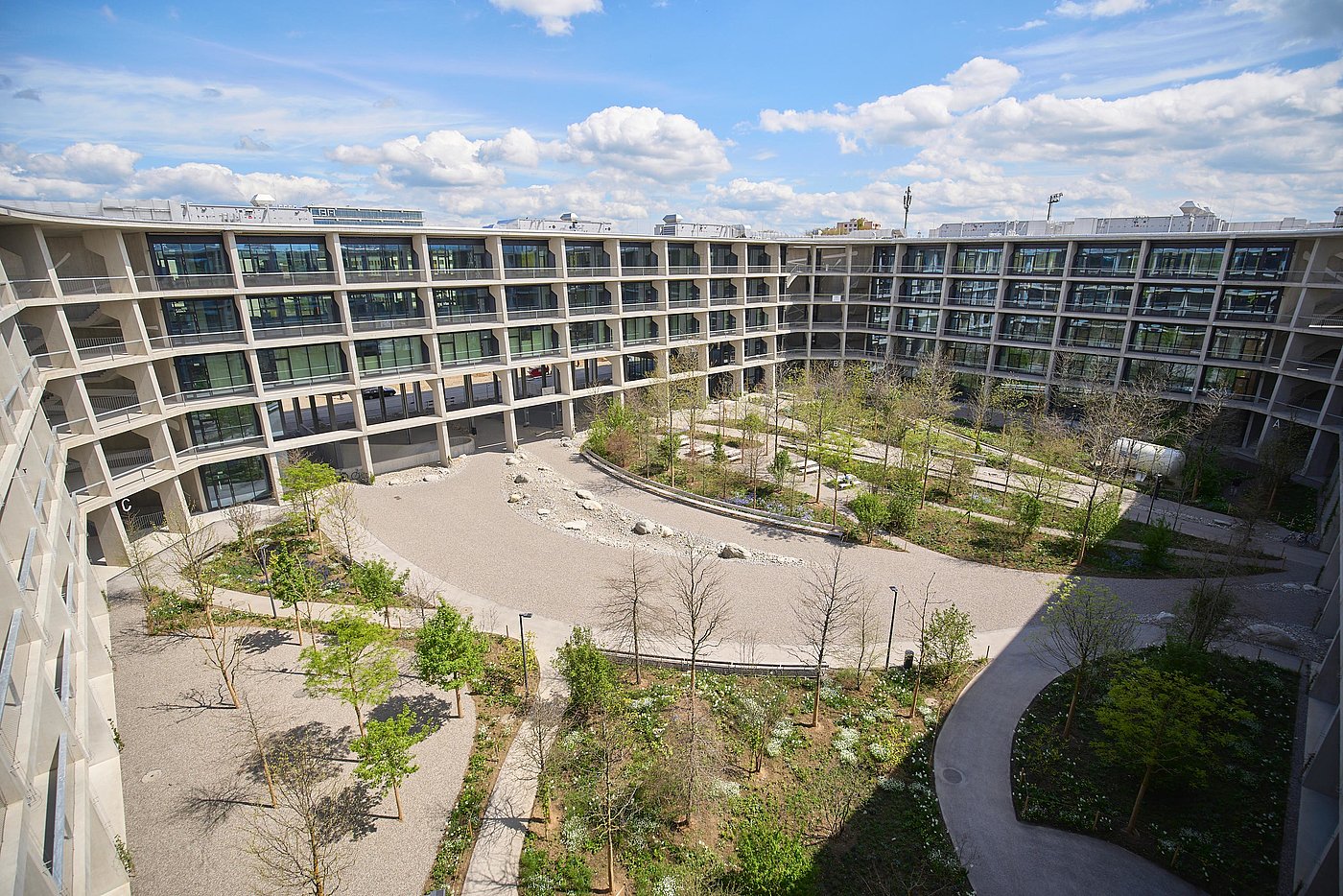

CO₂-free for the future
BaseLink, which opened in summer 2022, is a technology hub offering a state-of-the-art work environment for start-ups and established companies in Allschwil. As a visionary location, innovation is anchored at the core of the site covering 75,000 m². The broad energy concept also includes geothermal energy. In this concept, large heat pumps are fed with geothermal energy – the probe field also serves as a thermal reservoir. The complete probe field was designed to be diffusion-tight, with high-performance geothermal probes.
Project details
Ambit
Supply systems
Geothermal systems
Supply systems
Geothermal systems
- Landowner
Bürgerspital, Basel/CH
- Owner Energy System & Contractor
Primeo Energie, Münchenstein/CH
- Specialist planning
Schädle GmbH, Basel/CH
- Drilling company
Barmettler Erdenergie, Moosleerau/CH
- Heat pumps
Walter Wettstein AG, Gümligen/CH
